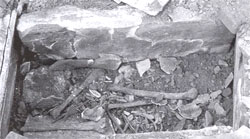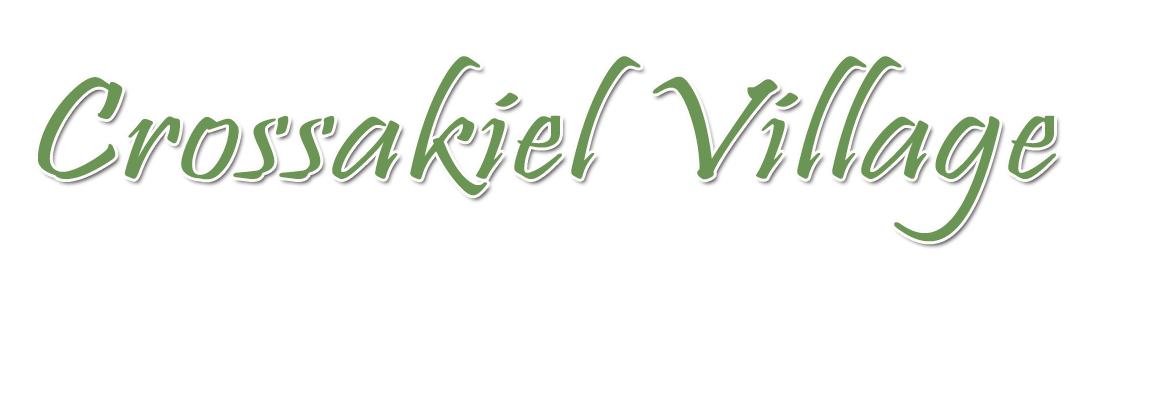A cist burial, discovered at Crossakiel, Kells, dates back to around 1500-2000 B.C., according to an archaeologist from the National Museum who examined the find.
 The find was foundCist Burial when a bulldozer operator was levelling a mound to obtain top-soil for the garden at the house of John and Martina Reilly, Crossakiel. National Museum archaeologist Ms Mary Cahill, says the machine must have hit the cap-stone covering the burial. She believes the burial dates back to the Bronze Age and the skeleton in it could have been that of a young adult male. But the bones will have to be examined by an anatomist in Dublin to determine this precisely. Cist Burial
The find was foundCist Burial when a bulldozer operator was levelling a mound to obtain top-soil for the garden at the house of John and Martina Reilly, Crossakiel. National Museum archaeologist Ms Mary Cahill, says the machine must have hit the cap-stone covering the burial. She believes the burial dates back to the Bronze Age and the skeleton in it could have been that of a young adult male. But the bones will have to be examined by an anatomist in Dublin to determine this precisely. Cist Burial
An unusual feature of the burial is that, unlike other finds of this kind, it did not contain a pottery vessel. Ms Cahill said this could have been due to some variation in the burial rite of the time in the area. “Perhaps at the time there was not a vessel available – it’s impossible to say” she added. The Crossakiel burial is one of a fairly common type investigated by National Museum archaeologists around the country, but Ms Cahill stressed: “Each one is important. They all contribute to our knowledge of the early Bronze Age, a period we would like to know a great deal more about”.
She said that the discoveries were vital in helping archaeologists to build up a picture of the pre-historic settlements in different areas.
After the investigation was finished, the skeleton was removed to Dublin. A sample of bone will be sent to Holland for dating.  r dating.
r dating.

